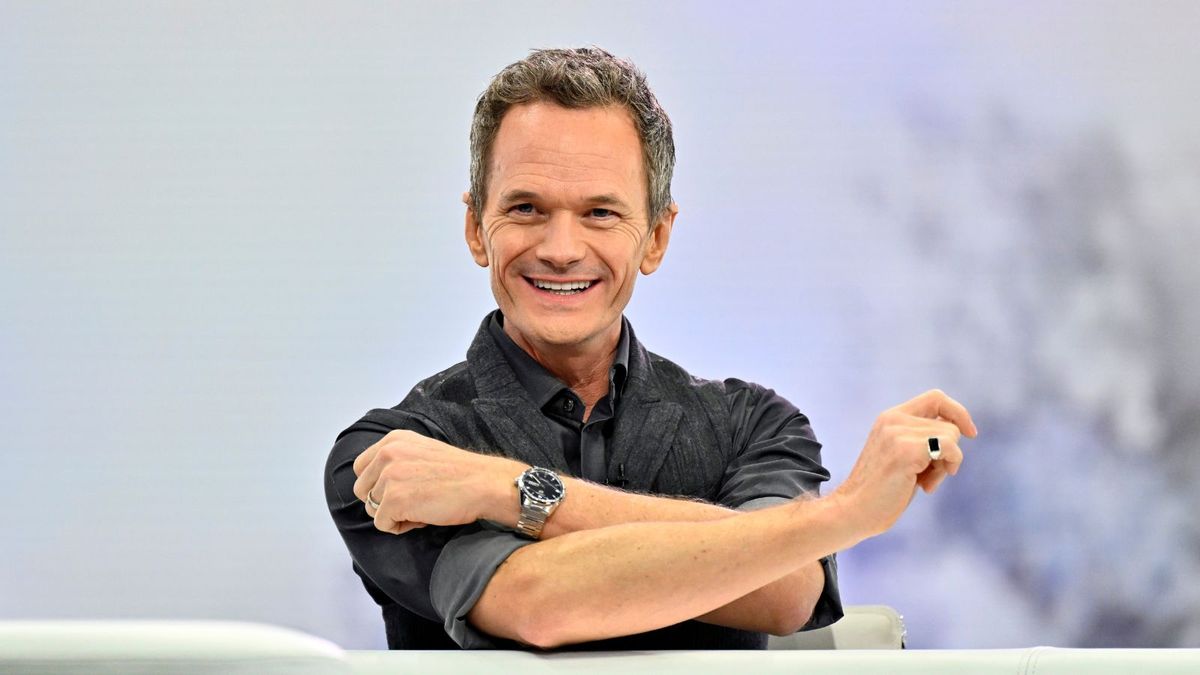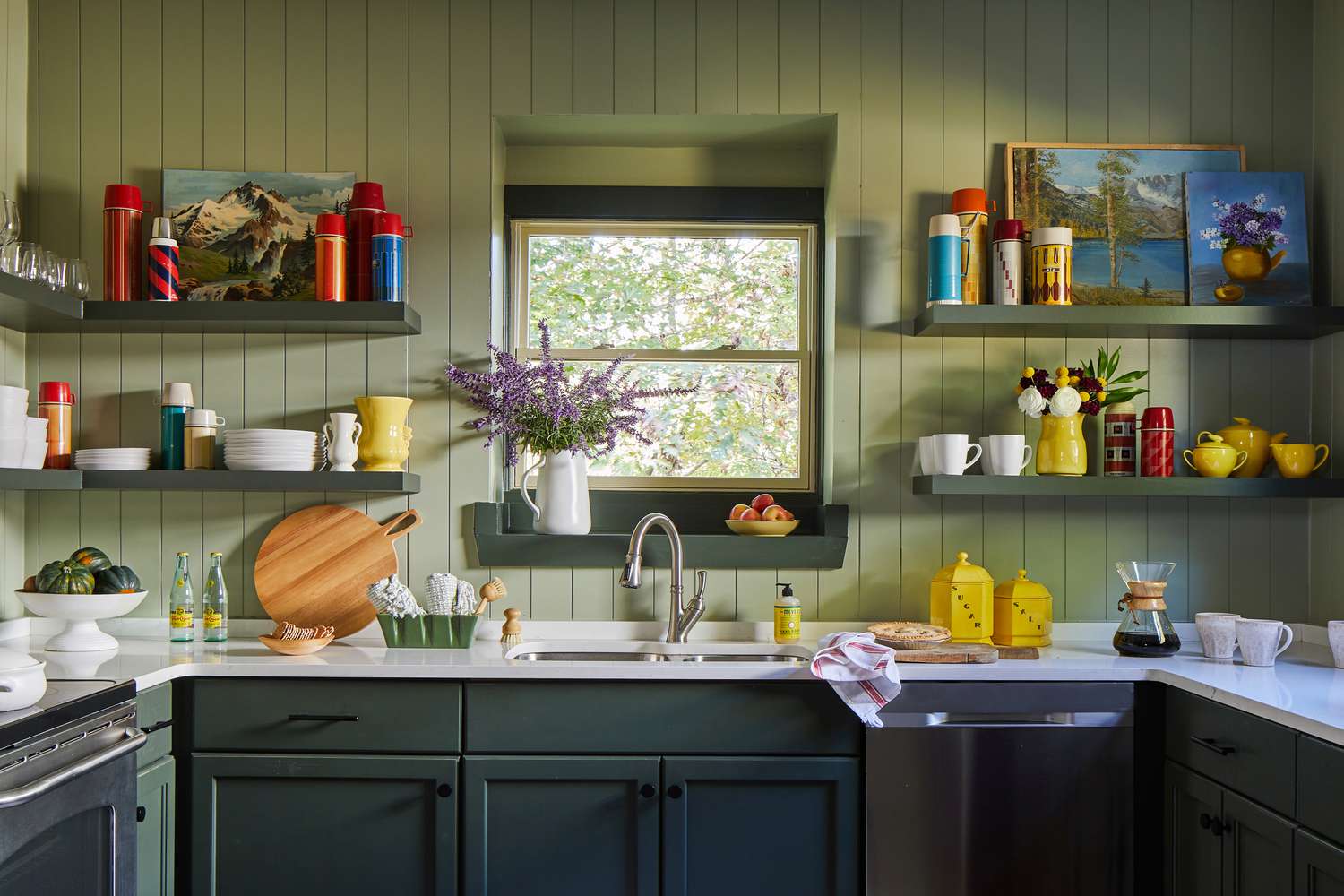In the latest report, the US Landscaping Products Market is expected to grow 3.5% yearly, reaching a staggering $14.7 billion by 2028. This increase is mainly attributed to shifting consumer preferences and their willingness to improve their outdoor living areas.
Evolving living standards, particularly due to the pandemic, have pushed homeowners to invest significantly in their current homes, especially outdoor areas. Along with this, the trend of gardening that boomed during the pandemic continues to thrive. Consumers are seen indulging in gardening activities, participating in garden projects that range from easy to challenging, thanks to tutorials available on platforms like TikTok, Instagram, and YouTube.
Outdoor Structures: Sheds and Pergolas
Outdoor structures are proving to offer solutions for those who frequently use their open spaces. For example, sheds, often used to store lawn and garden care equipment and supplies, are being repurposed into hobby spaces, exercise areas, and relaxation nooks. Products that extend outdoor utilization season serve as solutions for homeowners aiming to convert their yards into comfortable living areas.
Additionally, outdoor products that offer good value and can fit a variety of spaces are gaining popularity. Pergolas, for instance, are increasingly preferred due to their adaptability to traditional lawn settings or tiny decks and patios. The rise of premade, affordable pergola structures is also making them more accessible to a wider consumer base.
Retaining Gardeners: Boosting Sales
Many people started gardening during the pandemic, leading to an increase in gardening participation. To boost sales, it is crucial for suppliers to retain these gardeners post-pandemic. For casual gardeners, products that keep gardening enjoyable and simple can spark sales. For serious gardeners, encouraging frequent gardening activities and difficult projects can spur sales of landscaping products.
Hardscaping Demand: Multifunctional Outdoor Spaces
As outdoor living remains popular, hardscaping continues to take the lead in the landscaping market. Hardscaping plays a crucial role in defining outdoor areas, improving their functionality, and turning them into comfortable, inviting spaces. The rising popularity of mixed materials in hardscaping products will present opportunities for both traditional and niche materials such as ceramic and porcelain pavers.
Boosted by ongoing participation in gardening activities, especially vegetable gardening, the market for landscaping products is forecast to advance 3.5% annually. Which will hit $14.7 billion in 2028. Other factors driving this trend include the rise of smart technology in landscaping and a shift to natural-looking outdoor rooms that are casual, integrated into the outdoor space, yet private.
With people expanding their social spaces to include the front yard, there is an increased need for hardscaping and products like water features. In 2023, hardscape products maintained the largest market share, and their demand is expected to grow considerably, especially in recreation and infrastructure markets.
Global Landscape Trends
The use of landscaping products is widespread globally, mainly in the US, Western Europe, Japan, Australia, and New Zealand, where higher living standards often translate into luxurious living quarters with landscaped outdoor spaces. The US, with its large population, housing market, and sizeable yard space accompanying most homes, represents the world’s largest landscaping products market.
In contrast, Western Europe, the second-largest market for landscaping products, has comparatively smaller yards. The most significant national markets in this region include Germany, Italy, France, and the UK.
Whether its hardscaping, restructuring outdoor spaces, gardening, smart technological implementation, or embracing eco-friendliness, the landscaping products industry is preparing itself for significant growth in the years to come.



